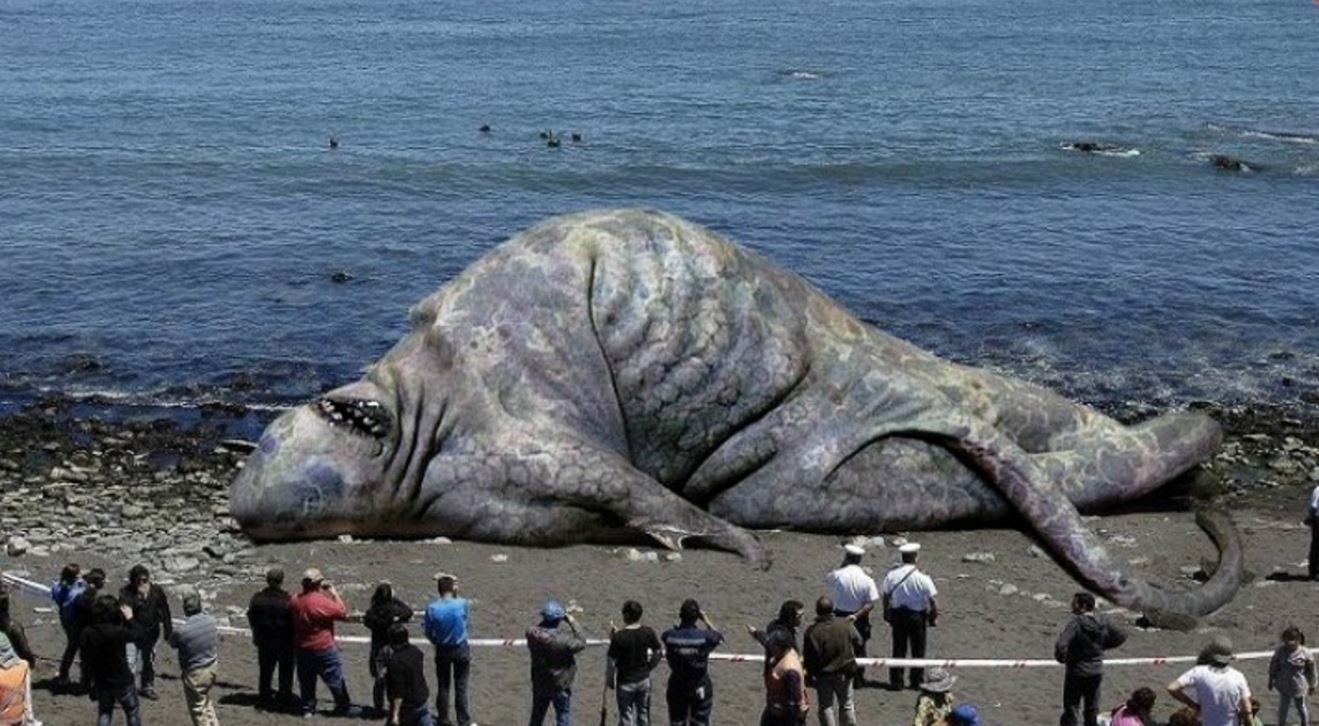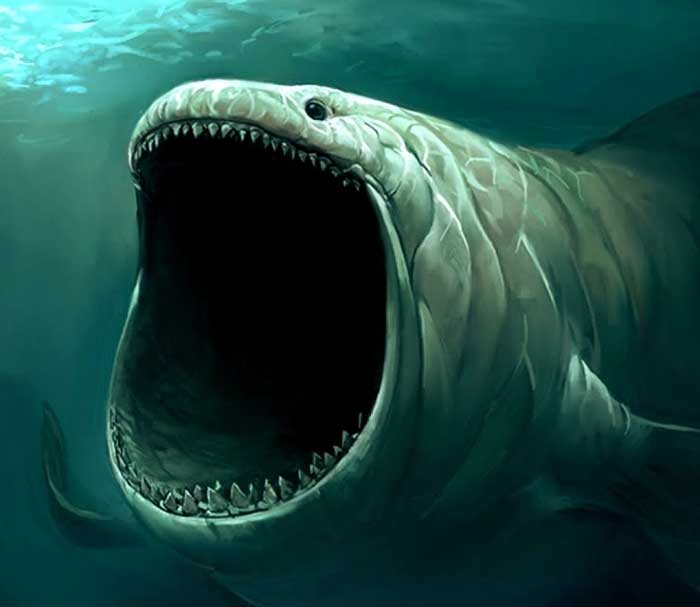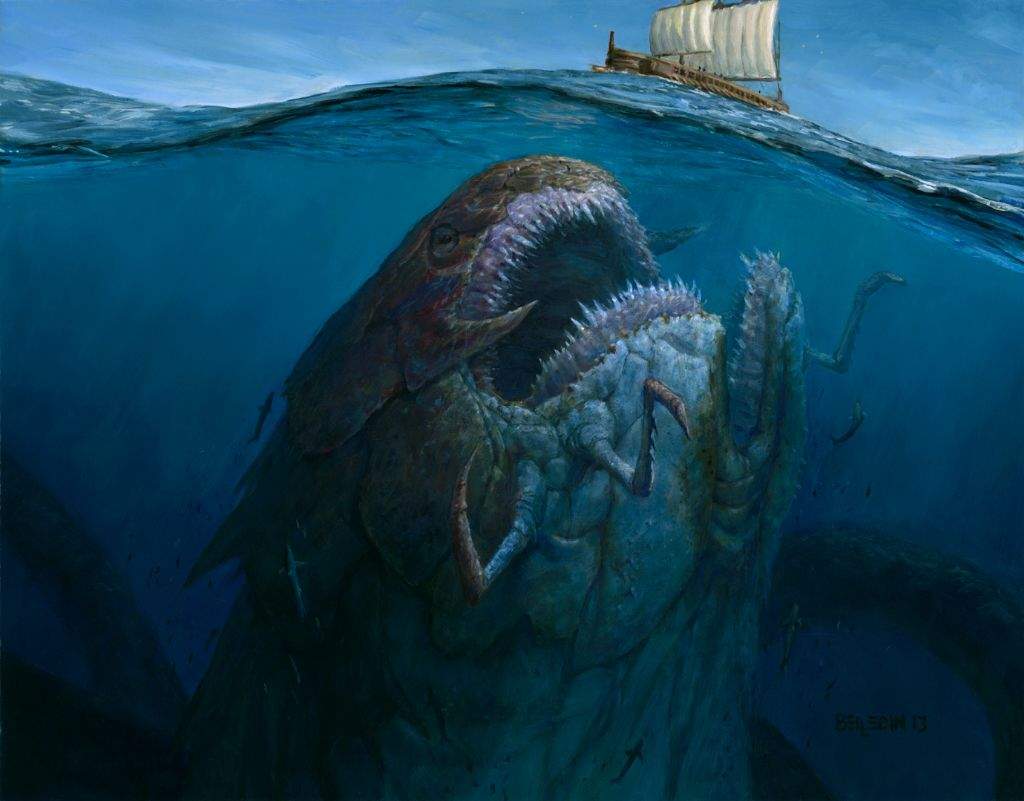RITROVATO IN SPIAGGIA A TROPEA UN MOSTRO MARINO LUNGO 70 METRI FOTO

RITROVATO IN SPIAGGIA A TROPEA UN MOSTRO MARINO LUNGO 70 METRI FOTO
The Case Of The (No Longer So Mysterious) Bloop. What some people think The Bloop came from. Considering roughly 95 percent of the ocean is still unexplored, there could potentially be a deep cave this guy lives in. Let's hope not, though. In 1997, scientists working for the National Oceanic and Atmospheric Administration (NOAA) heard for the.

The Bloop Is Real!!!!!!!! YouTube
Coordinate: 50°S 100°W Uno spettrogramma del Bloop Il Bloop, dal sito web del NOAA a 16 volte la velocità originale Bloop è il nome dato a un suono di provenienza sottomarina a bassissima frequenza registrato dal NOAA alcune volte durante l'estate del 1997.

The Bloop Investigating Audio, Location, and Opinions YouTube
Los 5 Monstruos Marinos Más Grandes del Mundo¡Suscríbete es gratis! https://goo.gl/QZWk2qUBICACIÓN DEL KRAKEN:https://goo.gl/maps/A1Sz3GYFme92-63.048979, -60.

MOSTRI MARINI PIÙ TERRIFICANTI DEL MEGALODONTE YouTube Animali
encontrando al ZOMBIE BLOOP en GTA 5 (Monstruo Marino) King Crane Español 326K subscribers Subscribe 47K Share 3.5M views 10 months ago #GTA5 #Gaming Hoy nosotros estamos jugando gta5 y.

Thalassophobia Criaturas marinas extrañas, Monstruos marinos
The source of a mysterious rumble recorded in the ocean in 1997 is now known to have originated from an icequake. "The Bloop" is the given name of a mysterious underwater sound recorded in the 90s. Years later, NOAA scientists discovered that this sound emanated from an iceberg cracking and breaking away from an Antarctic glacier.

El sonido más extraño registrado bajo el Pacífico El Bloop Ufo y
ENTENDA!O Bloop é som submarino de frequência ultrabaixa extremamente poderosa detectado pelo National Oceanic and Atmospher.

Pin en Moodboard
Si estás leyendo esto, eres increíble. ¡Suscríbete para ver más datos curiosos!5 MONSTRUOS Marinos MÁS GRANDES del MUNDO: https://youtube.com/playlist?list=P.

The bloop Wiki CREEPYPASTAS AMINO. Amino
"Dos bestias han de pelear en el Atlántico, a las puertas de Puerto Rico. Son los monstruos más colosales jamás hallados. Nadie sabe las razones de este comb.

The bloop el sonido de un animal en el fondo del mar. CREEPYPASTAS
Hablamos de Bloop, un ultrasonido subacuático que fue detectado por la Administración Nacional Oceánica y Atmosférica de los Estados Unidos (a.k.a. NOAA) y que levantó todo tipo de.

10 เสียงลึกลับประหลาดของโลก (คุณไม่เคยได้ยิน) bloop คือ Music Australia
( di Giulio Perrotta ) Durante la Guerra Fredda, intorno al 1960, gli Stati Uniti d'America avviarono un progetto di monitoraggio dei suoni oceanici tramite una rete di idròfoni, con l'intento di scovare eventuali sottomarini sovietici.

the bloop Scary fish, Mythical creatures, Sea creatures
Um som misterioso foi captado na década de 90, um som que deixou muitas perguntas sem resposta, e assustou muitas pessoas naquele dia.Ele foi chamado de Blo.

Bloop o som desconhecido do oceano Vale do Terror
About Press Copyright Contact us Creators Advertise Developers Terms Privacy Policy & Safety How YouTube works Test new features NFL Sunday Ticket Press Copyright.

MONSTRUO MARINO REAL EL SONIDO DEL BLOOP DETRÁS LA VENTANA YouTube
June 13, 2002 Posted: 6:28 AM EDT (1028 GMT) The "monster" sound was heard on a U.S. Navy system to track Soviet subs. LONDON, England -- Scientists have revealed a mysterious recording that they.

Mitos, Monstruos y Leyendas El Bloop, un misterioso sonido en el
Espero les guste esta leyenda que les traigo para ustedes, disfruten el video!:DCorreo DE CONTACTO PATROCINIOS: [email protected] PARA HILOS: h.

The Bloop Scary fish, Mythical creatures, Sea monsters
El Misterioso Bloop ¿Un Monstruo Marino o Un Fenómeno Natural? DC Datos y Curiosidades🔍📚 991 subscribers Subscribe 9 Share 612 views 3 months ago #bloop #documental #misterios #documental.

The Bloop Jaws Poster Parodies Know Your Meme
The Bloop refers to a mysterious loud noise with an ultra-low frequency that was detected in 1997 by the NOAA (National Oceanic and Atmospheric Administration) in the United States. The noise was picked up by an autonomous hydrophone array at a remote point in the Pacific Ocean. This system is mainly used to monitor undersea noises to detect.